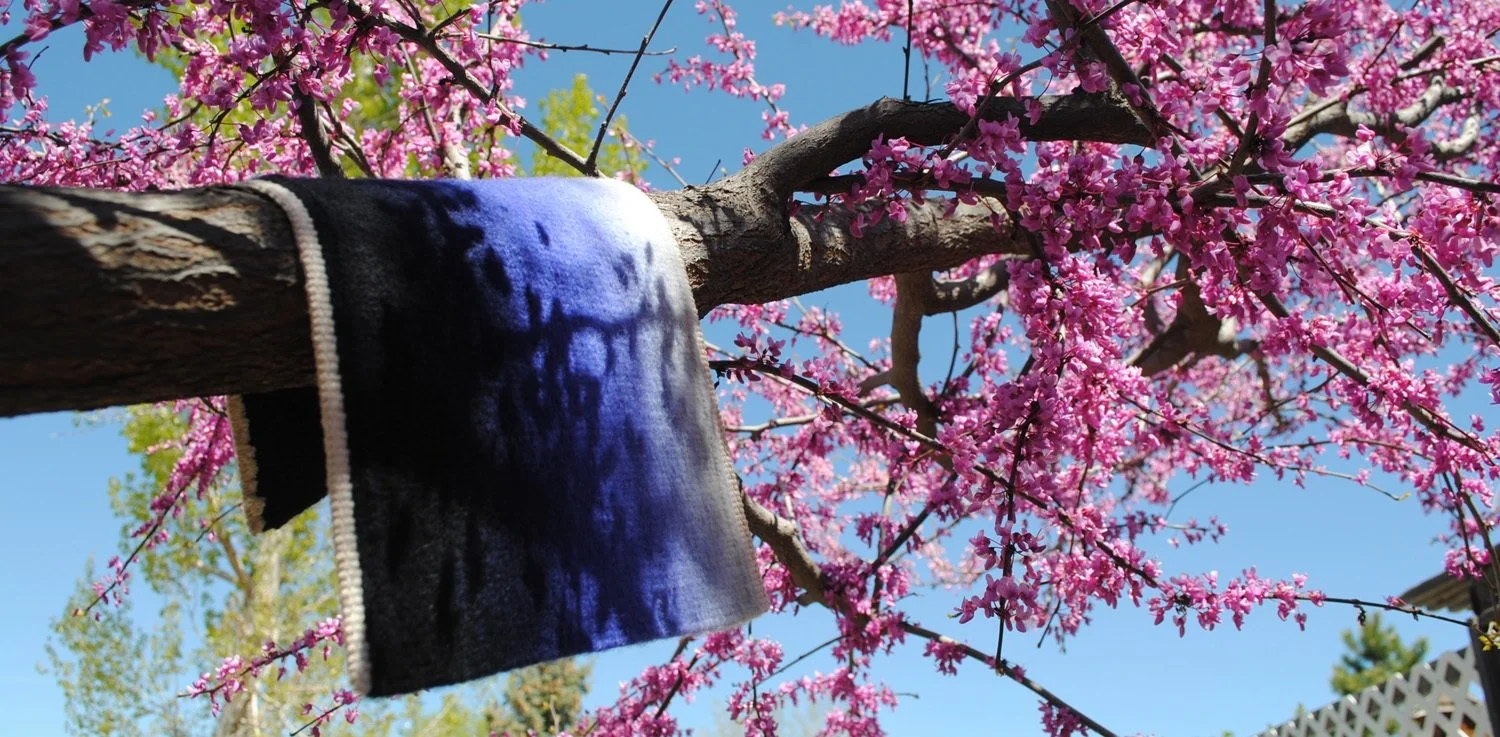So I made a mistake. Maybe.
The jury is still out.
There is a whole industry around teaching online classes and I have taken many classes in how to build successful online classes. And I have built some great ones, so clearly the information I've learned is useful.
But all of those experts advise opening registration in your online class before the class content opens. Build excitement they say. Get them invested with a little bit of content they say. Get them all pumped up they say.
So for Fringeless, I decided to do that.
And I found out that tapestry weavers are an amazingly enthusiastic bunch!







